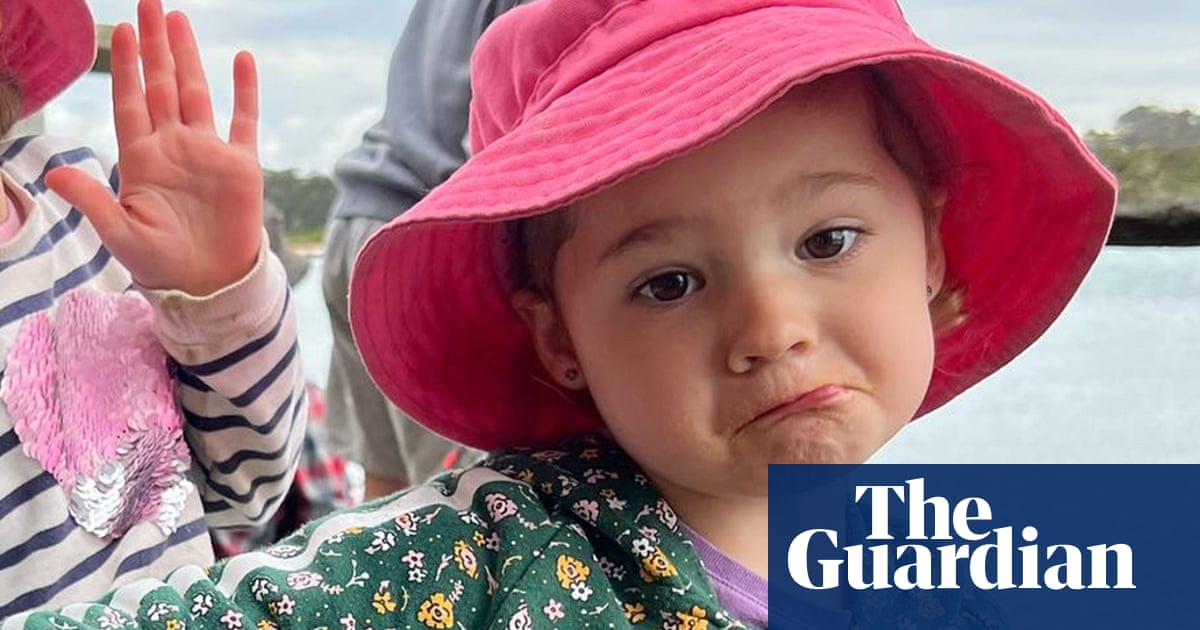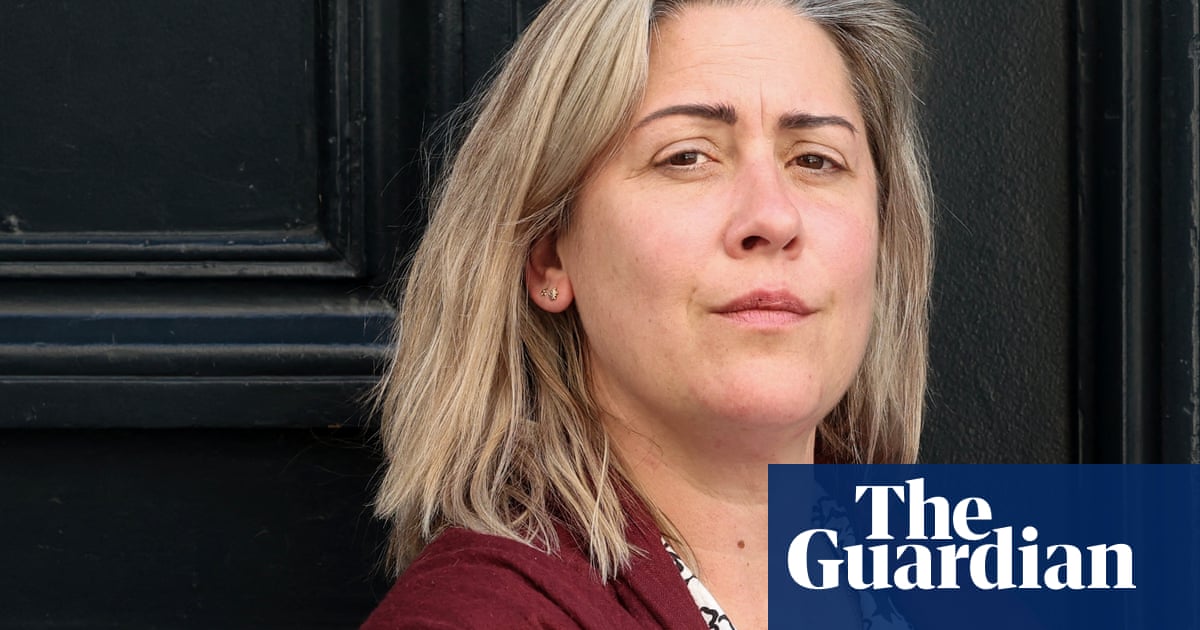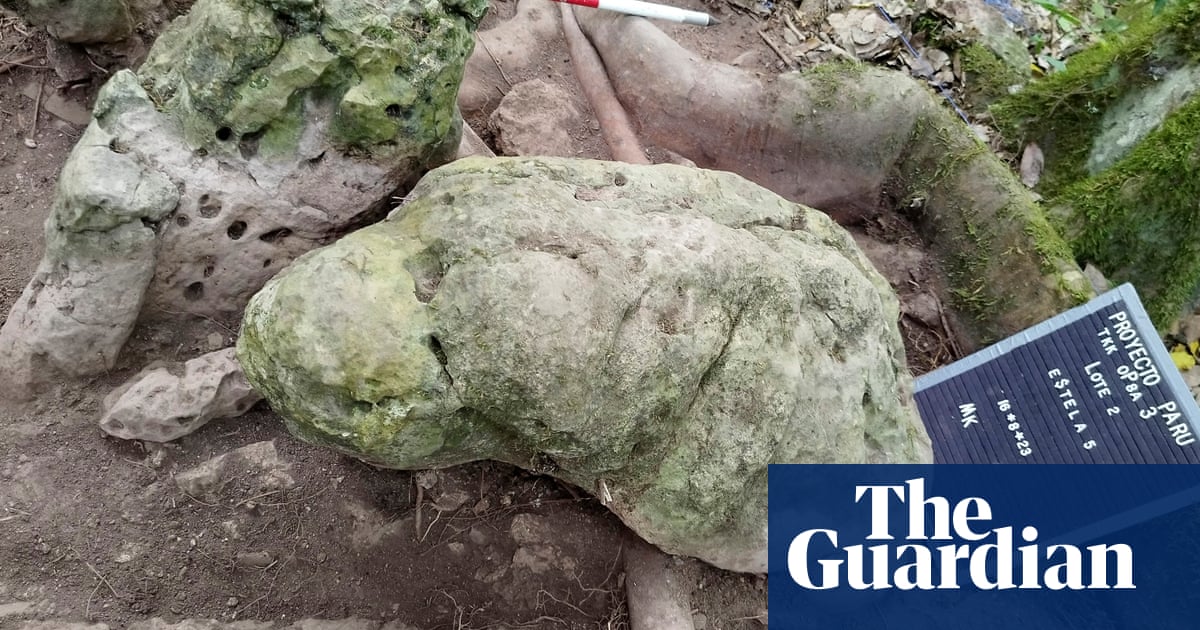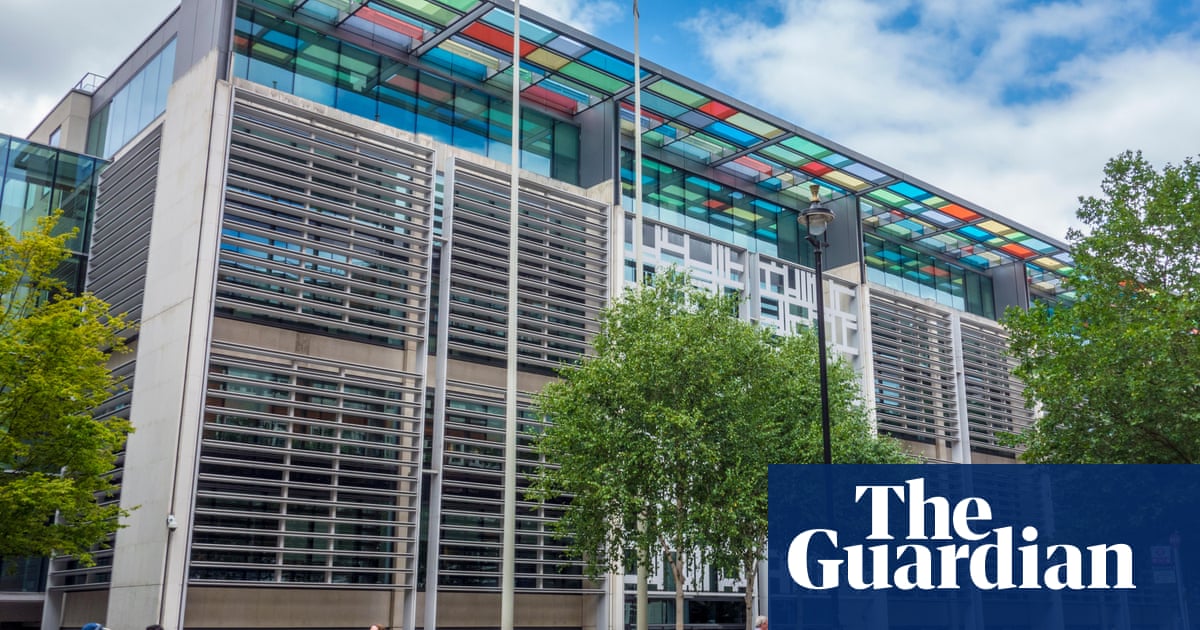The septic shock death of a two-year-old girl in a regional New South Wales hospital was preventable, senior medical experts have told an inquest.
Pippa Mae White died on 13 June 2022, two months before her third birthday, after doctors at the hospitals in Cowra and Orange wrongly assumed she had an acute viral illness rather than the serious bacterial infection that killed her.
Giving evidence on Wednesday at the coronial inquest into her death, a “conclave of experts” who weren’t involved in Pippa’s treatment said she should have been checked and treated for potential sepsis much earlier than she was.
The NSW deputy state coroner Joan Baptie is examining whether Pippa’s death was preventable and whether she received appropriate care in Cowra and Orange, and from the Newborn and Paediatric Emergency Transport Service team.
The inquest previously heard that Pippa presented to Cowra hospital about 2pm on 12 June 2022 with a fever, vomiting and a heart rate of 171 beats per minute, considered in the “red zone” for sepsis.
She did not have a blood test until nearly 4am on 13 June, after she was transferred to Orange, which revealed she had a serious infection.
She was administered antibiotics and given a chest X-ray, which showed she had pneumonia that had caused a “complete whiteout” of her left lung. She suffered two cardiac arrests and died just after 1pm.
Five of the seven medical experts who submitted a joint report to the inquest gave oral evidence on Wednesday: Prof Simon Craig, Prof John Raftos, Prof Warwick Butt, Prof Adam Irwin and Associate Prof Phillip Braslins, along with GP Robert Morton.
While there was some disagreement on when the paediatric sepsis pathway should have been activated for Pippa, all the doctors agreed investigations into possible sepsis – including blood tests – should have been started much sooner than they were.
The experts agreed medical staff became “anchored” on the wrong diagnosis of a viral illness. They stressed the importance of making “serial observations” of vital signs heart rate and oxygen saturation more frequently than was done in Pippa’s case.
The inquest was previously shown a video of Pippa in the Cowra emergency department making a “grunting” noise while breathing, which the doctors on Wednesday said would have been identifiable with a stethoscope.
Raftos said Pippa was already a “very sick” and “lethargic” child when she was taken to Cowra and she needed a rapid response.
He said if medical staff in Cowra didn’t have the capacity to treat Pippa right away, as the inquest previously heard, they should have arranged for an ambulance to take her to Orange, or for her mother, Annah, to drive her there.
Raftos said the alternative was “doing nothing, which is what they did”.
Craig said the “make or break” point when “things went absolutely wrong” was at 1am on 13 June when there were “delays in escalation” at Orange hospital despite Pippa having become “critically ill”.
The junior doctor in charge of looking after Pippa in Orange, Dr Christopher Morris, last year cried in the witness box as he gave evidence to the inquest and said he wished he had called a rapid response earlier in the night.
The experts on Wednesday said the senior paediatrician on-call the night Pippa was admitted, Prof Adam Buckmaster, should have assessed her that evening. The inquest previously heard he didn’t attend the hospital until the morning of 13 June.
Most of the experts agreed Pippa should have had her blood tested and been administered antibiotics around 9pm on 12 June after arriving at the hospital.
“She should have been on the [sepsis pathway], she should have had an IV [intravenous drip] inserted, she should have had bloods done, and she should have had antibiotics given. I think it’s very clear,” Butt said.
“I believe the death was preventable, and that means the system failed her,” Butt said.
The inquest continues, with a final block of hearings expected later this year.










